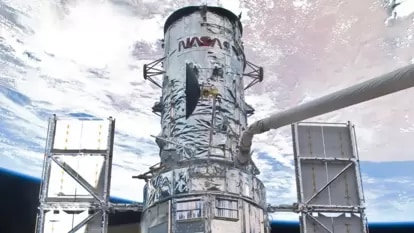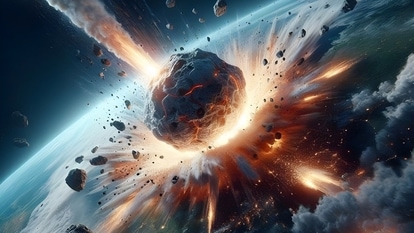NASA Astronomy Picture of the Day 29 March 2023: Stunning Dolphin-Head Nebula
Today's NASA Astronomy Picture of the Day is the Dolphin-Head nebula, located about 5000 light-years away from Earth towards the constellation of Canis Major.

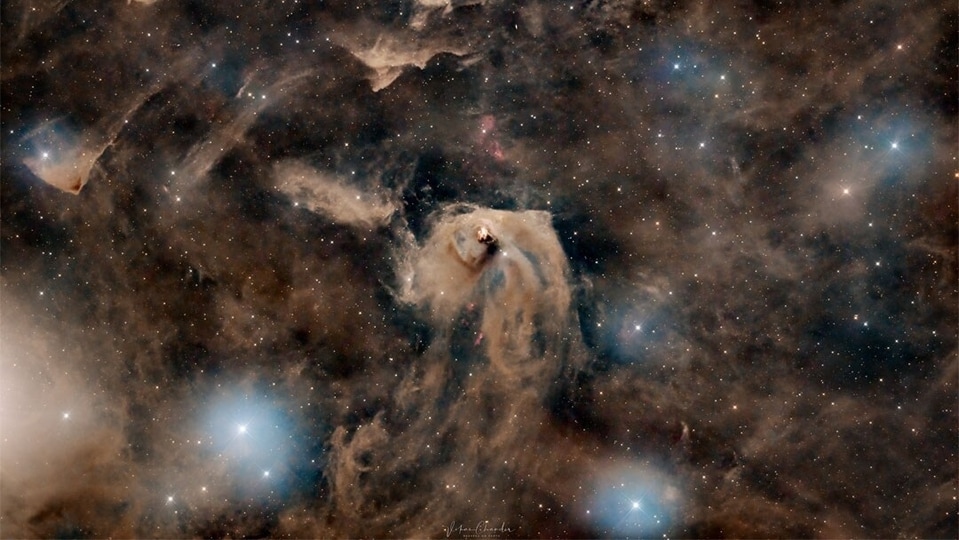
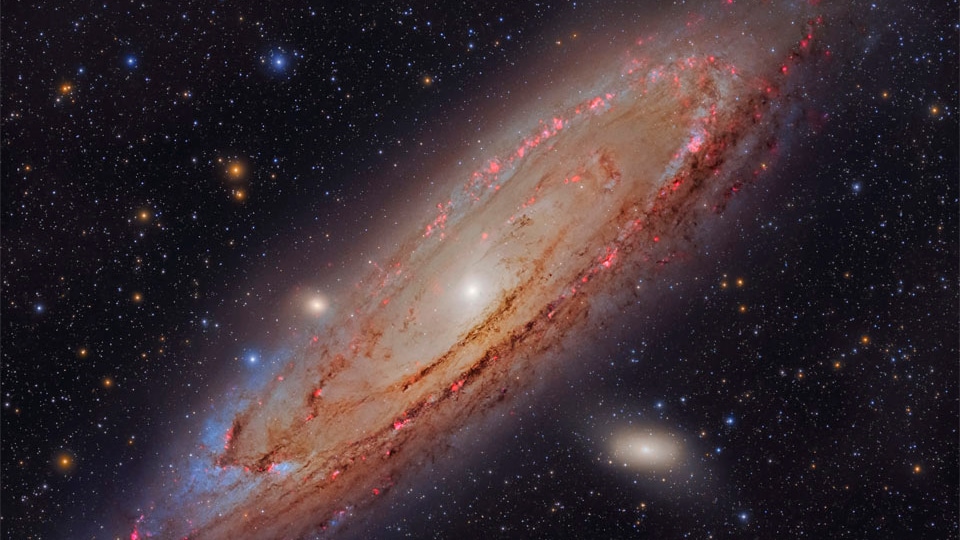

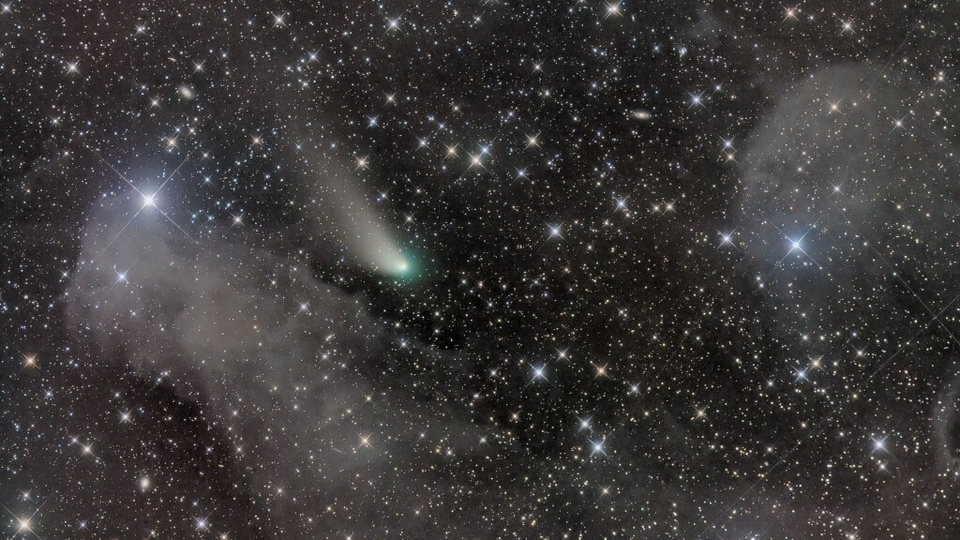
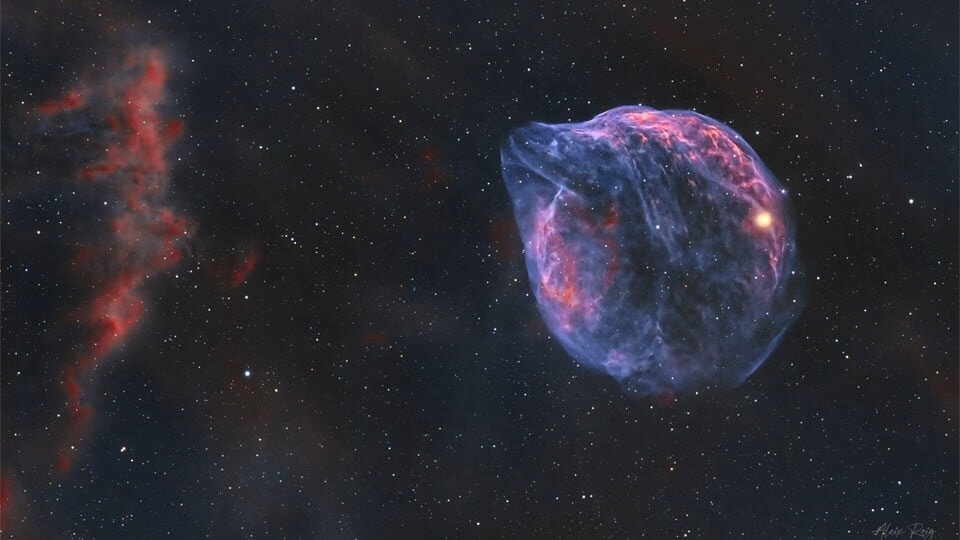
 View all Images
View all ImagesNebulae are places where stars are birthed. The makeup of a Nebula consists of gases, mainly hydrogen and helium. Although most nebulae belong to just three types - spherical, elliptical and bipolar, some of them might be irregularly shaped, so much so that they resemble objects on Earth. Some of the most peculiar shapes include the Headphone nebula, the Heart and Soul nebula and the Flying Ghost nebula. One of the most easily recognizable nebulae is the Dolphin-Head nebula, which just looks like a dolphin's head floating in space.
Today's NASA Astronomy Picture of the Day is the Dolphin-Head nebula, located about 5000 light-years away from Earth towards the constellation of Canis Major, also known as the Big Dog. This weirdly fascinating nebula is about 70000 years old and spans almost 60 light-years across, as per NASA. The Dolphin-Head nebula has been catalogued as Sh2-308.
At the center of the nebula is the Wolf-Rayet star, which has over 20 times the mass of the Sun and is thought to be in the pre-supernova phase of massive star evolution, according to NASA. The stunning picture was captured by Aleix Roig, an astrophotographer based in Catalonia, Spain.
Tech used to capture the picture
Roig captured this picture using a 3nm Ha filter in front of an ASI2600M cooled astronomy camera and Takahashi FSQ-106EDX4 quadruplet refractor telescope. Roig shot the RGB image using the FSQ-106EDX4 telescope to achieve natural colours in the starfield image.
NASA's description of the picture
Which star created this bubble? It wasn't the bright star on the bubble's right. And it also wasn't a giant space dolphin. It was the star in the blue nebula's center, a famously energetic Wolf-Rayet star. Wolf-Rayet stars in general have over 20 times the mass of our Sun and expel fast particle winds that can create iconic looking nebulas.
In this case, the resulting star bubble spans over 60 light years, is about 70,000 years old, and happens to look like the head of a dolphin. Named Sh2-308 and dubbed the Dolphin-Head Nebula, the gas ball lies about 5,000 light years away and covers as much sky as the full moon -- although it is much dimmer. The nearby red-tinged clouds on the left of the featured image may owe their glow and shape to energetic light emitted from the same Wolf-Rayet star.
Catch all the Latest Tech News, Mobile News, Laptop News, Gaming news, Wearables News , How To News, also keep up with us on Whatsapp channel,Twitter, Facebook, Google News, and Instagram. For our latest videos, subscribe to our YouTube channel.




